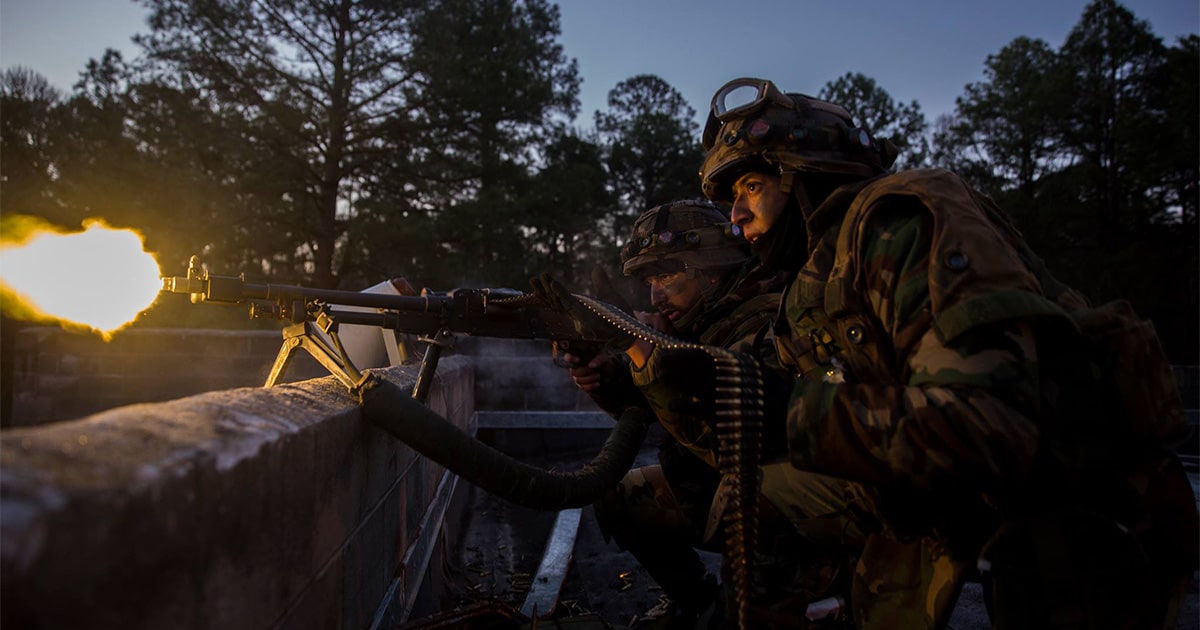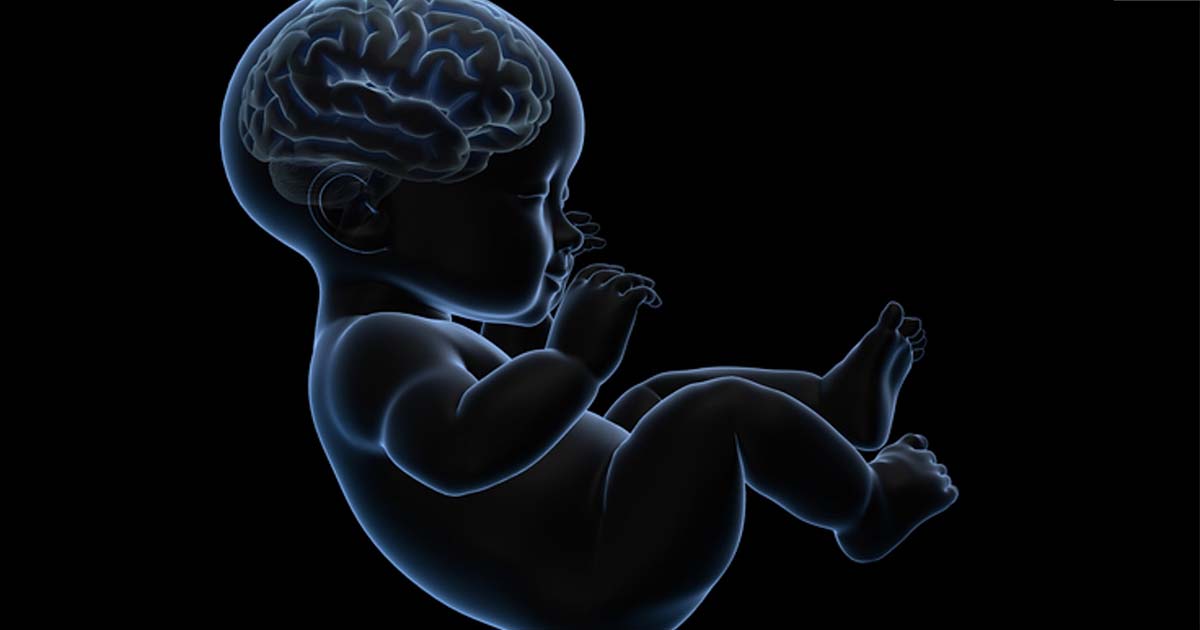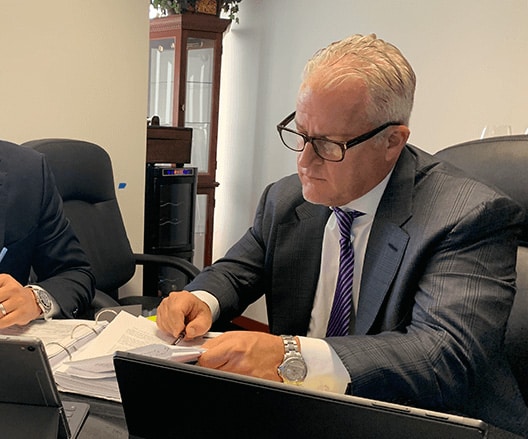What is the brachial plexus?
The brachial plexus is a complex network of nerves between the neck and shoulders. These nerves control muscle function in the chest, shoulder, arms, and hands, as well as sensibility (feeling) in the upper limbs.
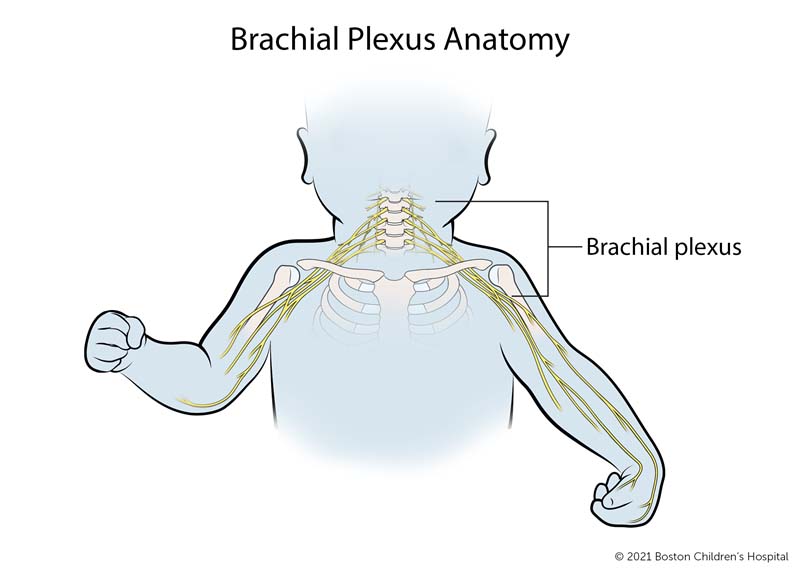
What is brachial plexus birth injury?
Brachial plexus birth injury, also known as brachial plexus injury, is an injury to the brachial plexus nerves that occurs in about one to three out of every 1,000 births.
The nerves of the brachial plexus may be stretched, compressed, or torn in a difficult delivery. The result might be a loss of muscle function, or even paralysis of the upper arm.
Injuries may affect all or only a part of the brachial plexus:
- Injuries to the upper brachial plexus (C5, C6) affect muscles of the shoulder and elbow.
- Injuries to the lower brachial plexus (C7, C8, and T1) can affect muscles of the forearm and hand.
Harper’s brachial plexus story
When she was born with a limp, unmoving arm, Harper’s parents brought her to Boston Children’s Hospital. “Dr. Bauer told us there would probably always be a noticeable difference in Harper’s right arm, but she would be able to do all the things she wanted to do.”

What are the types of brachial plexus injuries?
Brachial plexus birth injuries are often categorized according to the type of nerve injury and the pattern of nerves involved. There are different types of nerve injury.
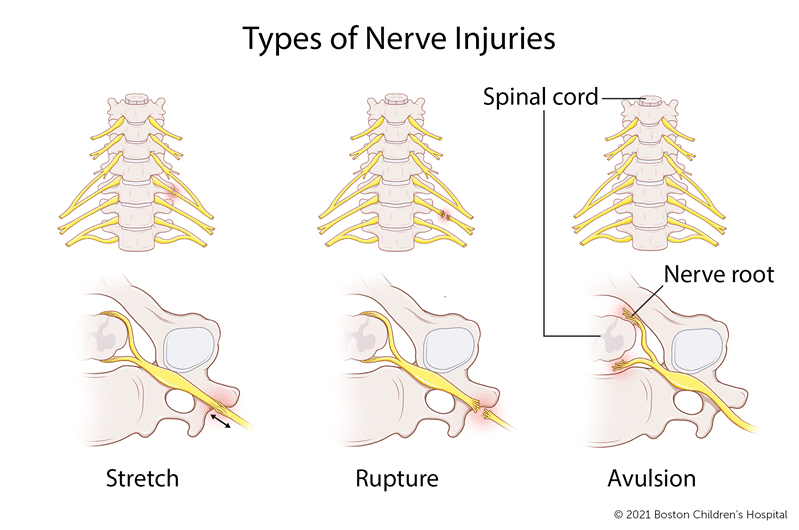
Stretch (neurapraxia)
- nerve has been stretched, but not torn
- injury occurs outside the spinal cord
- most common form
- affected nerve(s) may recover on their own, usually within first three months of the baby’s life
Rupture
- nerve is torn, but not where it attaches to the spine
- injury occurs outside the spinal cord
- common form
- may require surgical repair
Avulsion
- nerve roots are torn from the spinal cord
- injury occurs at the spinal cord
- less common form (roughly 10 to 20 percent of cases)
- cannot be surgically repaired directly — damaged tissue must be surgically replaced (nerve transfers)
- can injure the nerve to the diaphragm, causing difficulty with breathing
- droopy eyelid on the affected side may indicate a more severe injury, such as Horner’s syndrome
Erb’s palsy
It involves the upper portion (C5, C6, and sometimes C7) of the brachial plexus. A child typically has weakness involving the muscles of the shoulder and biceps. Home physical therapy begins when a baby is 3 weeks old to prevent stiffness, atrophy, and shoulder dislocation.
Total plexus involvement
This represents roughly 20 to 30 percent of brachial plexus injuries. All five nerves of the brachial plexus are involved (C5-T1). Children may not have any movement at the shoulder, arm, or hand.
Horner’s syndrome
This represents roughly 10 to 20 percent of injuries. It is usually associated with an avulsion. The sympathetic chain of nerves has been injured, usually in the T2 to T4 region. The child may have ptosis (drooping eyelid), miosis (smaller pupil of the eye), and anhydrosis (diminished sweat production in part of the face). The child may have a more severe injury of the brachial plexus.
Klumpke’s palsy
This almost never occurs in babies or children. It involves the lower roots (C8, T1) of the brachial plexus. It typically affects the muscles of the hand.
What are the symptoms of brachial plexus injury?
When a newborn has brachial plexus injury they may experience:
- muscle weakness or paralysis in the affected arm or hand
- decreased movement or sensation in the upper extremity
Usually, the baby is not in much pain, probably because infants’ nerves behave differently from adults. Roughly, just 4 percent seem to experience severe pain. If a fracture accompanies the BPBP, the baby will experience some discomfort from the fracture, but not usually intense pain. And any fractures (clavicle, humerus) the baby may have will probably heal quickly — in about 10 days.
This is in contrast to an adult’s traumatic brachial plexus injury caused by accident or sports impact. In these cases, pain from brachial plexus injury is acute and disabling, as is pain from any accompanying fractures.
What causes brachial plexus birth injury?
The causes of brachial plexus injury may include:
- large gestational size
- breech birth
- prolonged or difficult labor
- vacuum- or forceps-assisted delivery
- twin or multiple pregnancy
- history of a prior delivery resulting in brachial plexus birth injury
Once your child’s pediatrician has made a diagnosis, it’s safe to wait up to four weeks for a comprehensive evaluation by a pediatric orthopedist or brachial plexus specialist.
How we care for brachial plexus injuries
As a national and international referral center for children with brachial plexus injury, the Brachial Plexus Program within the Orthopedic Center at Boston Children’s Hospital is among the largest in the world. The program has treated hundreds of babies and children — as well as adolescents, young adults, and even professional athletes who’ve sustained traumatic brachial plexus injury.
We’ve developed innovative non-surgical and surgical treatments for children with all degrees of severity of brachial plexus injuries. We can provide your child with expert diagnosis, treatment, and care — as well as the benefits of some of the leading clinical and scientific research.
If you have a child or loved one has been diagnosed with brachial plexus birth injury contact a birth injury lawyer from The Lidji Firm, or call (800) 223-7455. Our brachial plexus attorneys can direct you to the best medical specialists and assist you in making the correct early decisions to preserve your personal injury case for maximum economic recovery.


